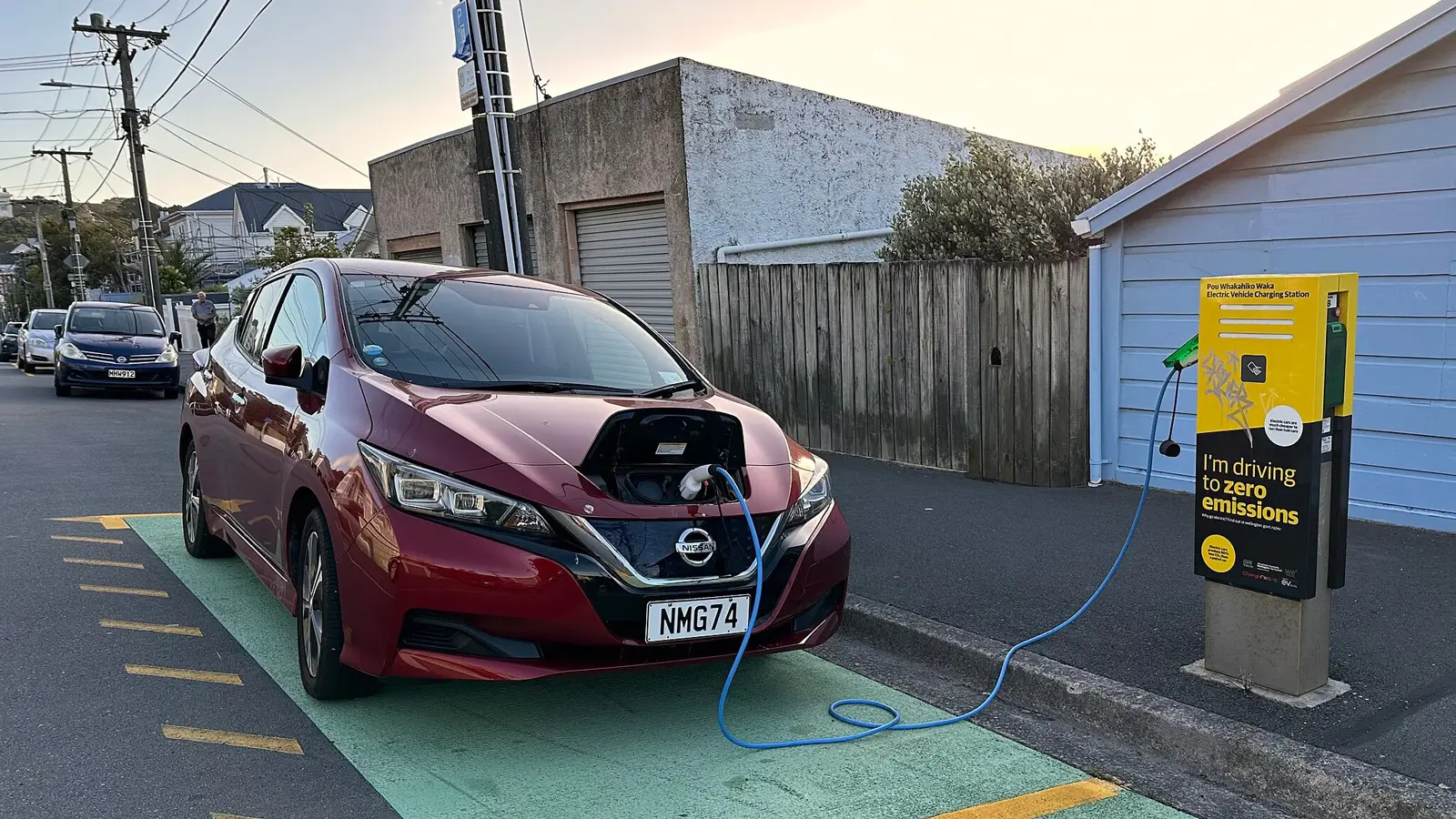Articles
Electric Vehicle Charging: Costs, Speeds, and Emerging Technologies

Explore the latest insights on EV charging costs across countries, charging speeds for popular models, and future trends like wireless and bidirectional charging.
Electric vehicles are rapidly transforming the automotive landscape, but charging remains a key concern for many drivers. How fast can you charge an EV? How much does it cost in different countries? What trends will shape the future of EV charging? Let’s dive in.
Charging Costs: Where Is It Cheapest?

The cost of charging an electric vehicle varies significantly across different countries. According to the European Alternative Fuels Observatory (EAFO) 2024 data, Europe presents a mixed picture in terms of affordability.
The most affordable charging rates are found in Iceland (€2.9 per 100 km), Portugal (€3.2), and Finland (€4.6). These countries benefit from cheap energy sources, such as Iceland’s abundant geothermal power, or government subsidies that keep EV charging costs low.
In contrast, Norway and Slovenia have some of the highest charging costs, reaching €17-19 per 100 km, largely due to high electricity prices and private charging networks setting their own tariffs. On average, charging an EV in Europe costs around €9-10 per 100 km.
For EV owners, this means that the total cost of ownership isn’t just about the vehicle price but also about long-term charging expenses, especially for those who frequently travel across different countries.
Charging Speed: From Fast to Slow
Charging speed depends on both the charging station and the EV’s battery technology.
According to Edmunds, one of the fastest-charging EVs is the Hyundai Ioniq 6, which can add 100 miles (160 km) of range in under 7 minutes when connected to an ultra-fast charging station.
In contrast, the Nissan Leaf charges much slower, adding only about 30 miles (48 km) in 15 minutes. This difference is due to varying battery architectures and each model’s ability to draw power from high-speed chargers.
When it comes to charging infrastructure, the Tesla Supercharger network continues to expand in both Europe and North America, offering 150 kW to 250 kW fast charging. However, many public charging stations are still limited to 50-75 kW, resulting in longer charging times.
Future Charging Technologies: Wireless and Bidirectional Power

EV charging technology is evolving rapidly. Wireless charging systems, such as those being developed by WiTricity, are entering the market. These systems could eliminate the need for plugging in cables, making EV charging a seamless and automated experience. While currently expensive, they could become standard for premium electric models in the coming years.
Another breakthrough is bidirectional charging (V2H, V2G). Vehicles like the Ford F-150 Lightning, Nissan Leaf, and Kia EV9 can already send power back to the home or the grid, making them valuable for energy savings and emergency backup power.
EV charging is becoming faster, yet costs remain uneven across regions. The future lies in convenient and flexible charging solutions, such as wireless stations and vehicle-to-grid integration. In the coming years, drivers will need to consider not only their vehicle's specs but also the availability and cost of charging infrastructure, particularly for cross-border travel.
2025, Feb 17 13:10


